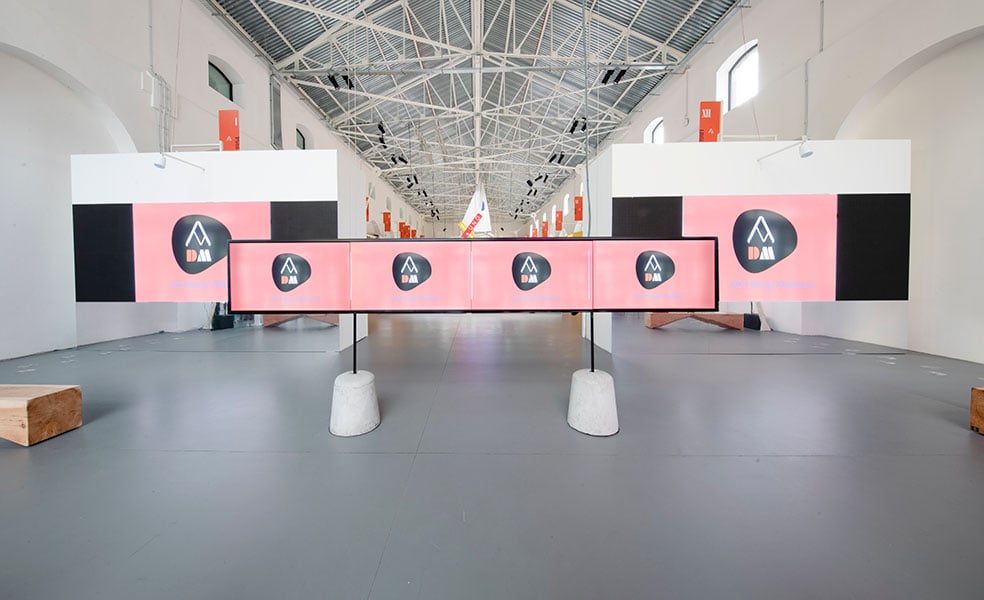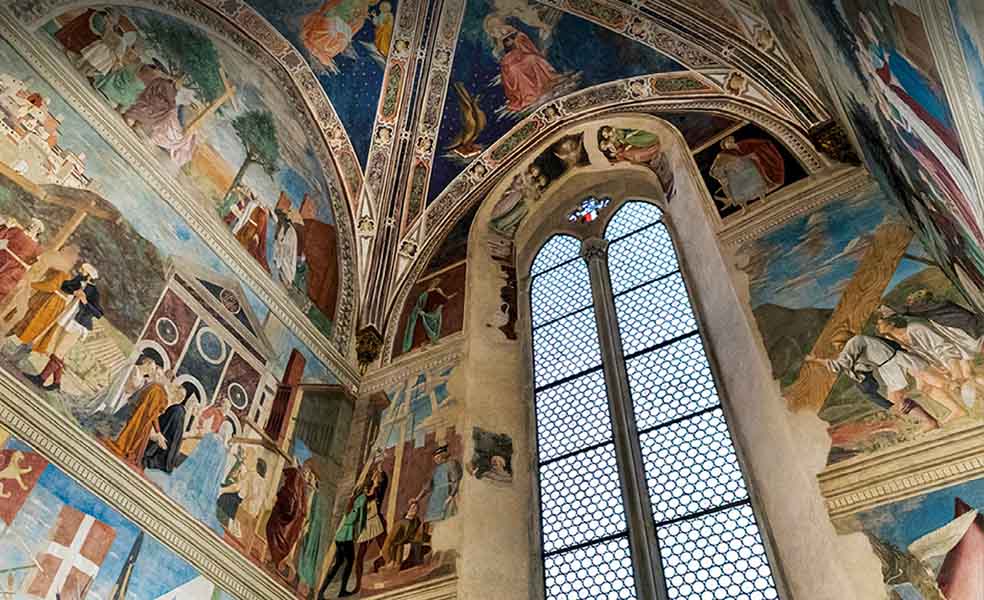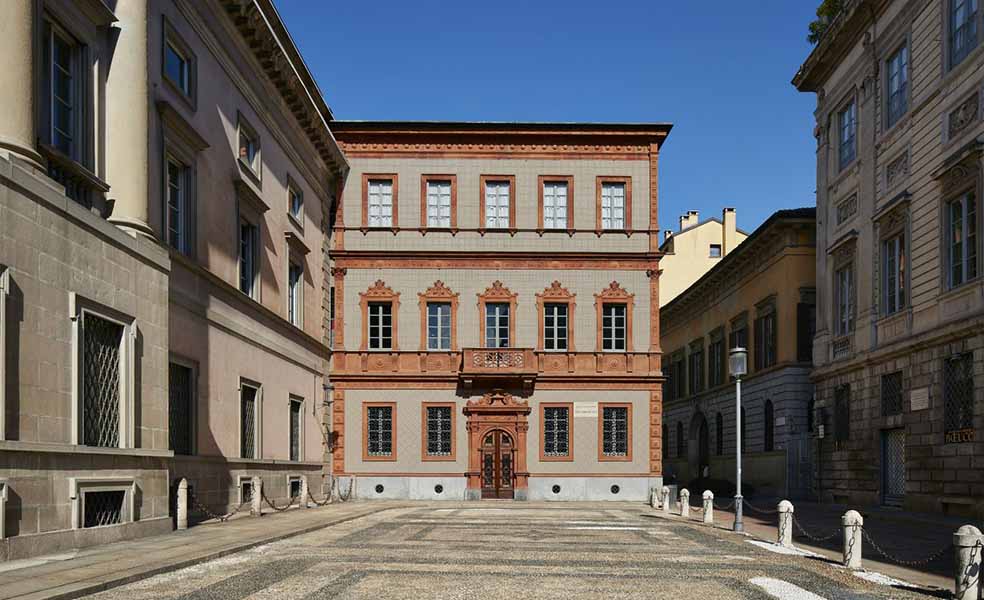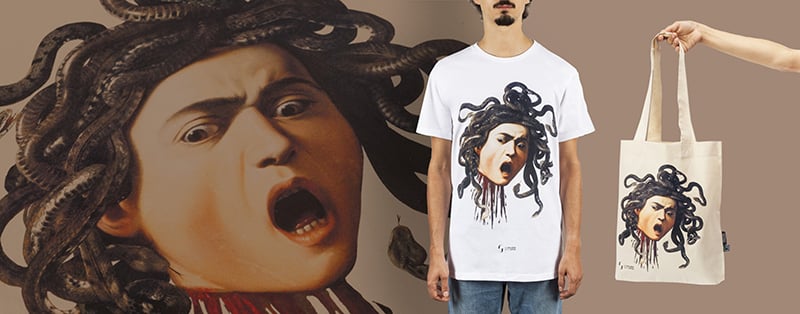Home / Museums / Castel Sant'Angelo
Castel Sant'Angelo
Books and guides
No products were found matching your selection.
Merchandise
No products were found matching your selection.
Related museums
From €12,00
ADI Design Museum hosts the entire repertoire of the winning projects of the Compasso d’Oro Award, an award born in 1954 from an idea of Gio Ponti to valorise the quality of made-in-Italy design – today the oldest and most institutional recognition of the sector worldwide.
Average visit time:
2 hours
From €8,00
Casa Manzoni is a historic palace in Milan, located at 1 Via Morone, famous for being the home of writer Alessandro Manzoni from 1814 until his death.
The museum itinerary, set up by Michele De Lucchi, offers a tour of Casa Manzoni in ten sections, which trace, through the furnishings and works of art displayed in the rooms, different itineraries in the writer’s life and work.
Average visit time:
1-2 hours






